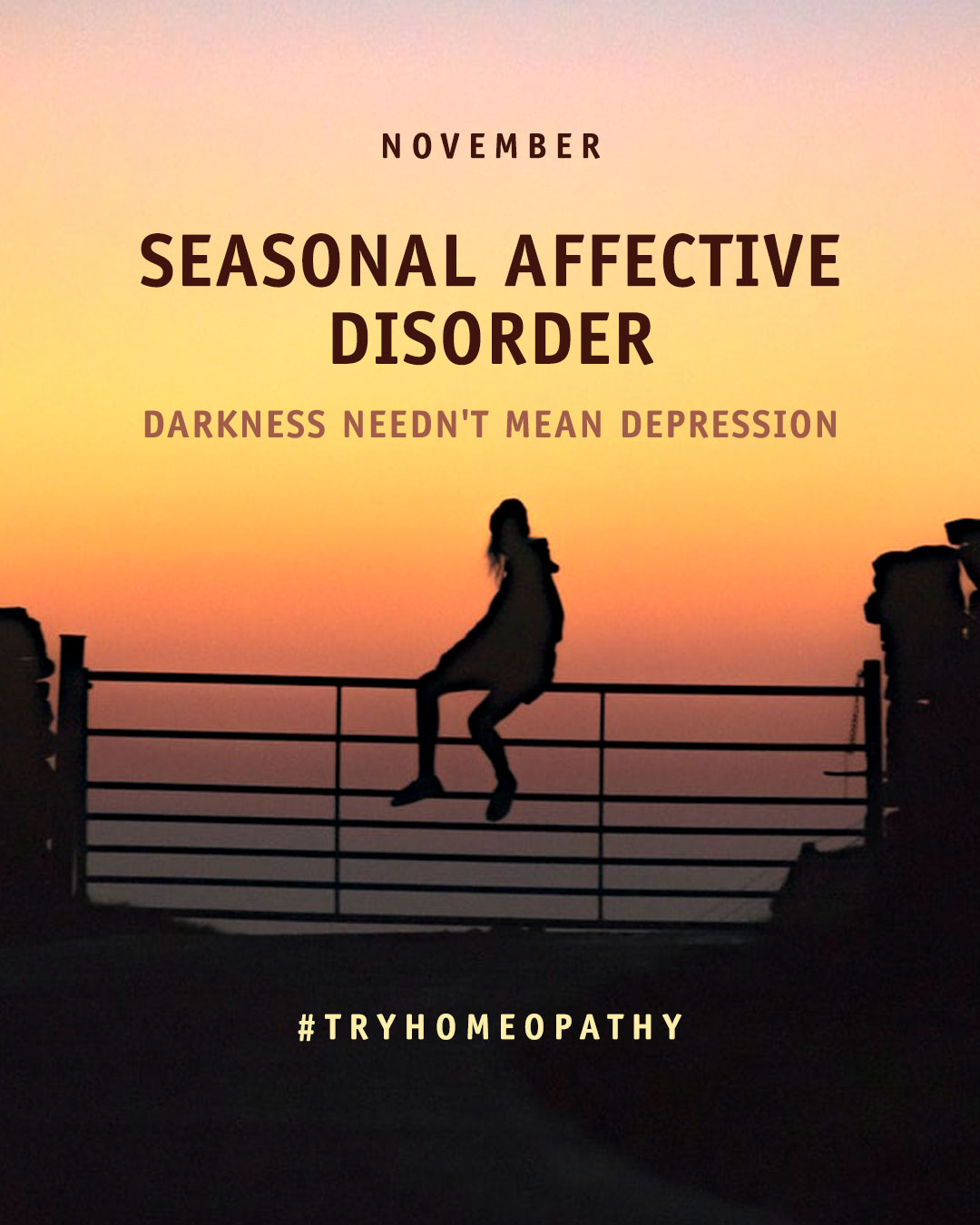Festivities and Seasonal Ailments: Choose the Natural Family Gift

Waving goodbye to 2020 – it's been a difficult year mentally and physically for old and young alike. As this year draws to a close, we’ll all be looking forward to seeing friends and family over the Christmas period. Re-connecting with friends and family can in itself bring a boost to your health and wellbeing. As you celebrate though, remember not to overdo it, or if you do, why not have a range of natural options at your fingertips to help ease the symptoms of your excesses. Why not keep some Nux Vomica at home for any nausea, bloating or heartburn? You could even treat yourself to a homeopathy kit from one of the pharmacies, which would provide you with a wide range of homeopathic medicines for the whole family. Have a look at the Homeopathy app, listed on the apple store and Google Play as ‘Homeopathy UK’. It’s packed full of useful information and facts. There’s no need to suffer unnecessarily when there’s help at hand.
And, whilst our focus this year has been on bigger issues, remember that this time of year is the peak time for coughs, colds, and other seasonal ailments. These minor conditions can ruin your festive celebrations, so be prepared. It’s for everyday illnesses like this that millions of people around the world turn to homeopathy, which offers a gentle and natural option for the whole family. Homeopathy works with your body’s own healing mechanism and can be used preventatively too. We’ve listed a few homeopathic medicines at the end of the article that may help you deal with some seasonal complaints. There are many more, so do seek professional advice if you need some assistance.
Don’t wait until January to address any health concerns. Act now. Many homeopaths also offer online consultations, so you don’t need to take too much time out from your Christmas shopping to get some help. 2020 has given us all the chance to think about our health and wellbeing, and how we should take better care of ourselves. Perhaps homeopathy is the natural, safe and sustainable health option that you need for the future? A present to yourself and your family for life.
Aconite is often a great homeopathic medicine to take at the start of a cold, and it’s worth remembering for complaints that come on suddenly, especially after having been outside in the cold. It can be a useful medicine to remember in cases of coughs and fever, particularly where there has been a sudden onset and there is dry, burning heat.
Arsenicum can be helpful where colds leave you exhausted, and with burning mucus and skin around the nostrils that is red and sore. It can be helpful in cases of ‘flu, especially, though not exclusively, where there are gastrointestinal issues accompanying it.
Bryonia has been a very useful remedy for many this year. Coughs can be dry and painful, there’s often a dryness of the throat and the person often has a ‘leave me alone’, irritable attitude. Bryonia has the nickname of ‘the grumpy bear’ and they usually want to stay very still. Any movement makes symptoms worse.
No article mentioning seasonal winter remedies would be complete without a mention of Gelsemium. A handy way to remember this remedy is the 4Ds. People needing it can feel dull, drowsy, dizzy and droopy. Admittedly, it sounds a little like Snow White’s companions, it is pantomime season after all! People feel dull, thinking is difficult, they’re lethargic and sleep a lot, dizzy when they get up and often have that ‘droopy’ look. Usually it can be that their eyelids are heavy, along with a dull heaviness and ache of the limbs in general.
There are many more homeopathic medicines which can help you stay healthy through the winter, do have a look on the 4Homeopathy app for minor ailments, or book a consultation with a practitioner for more advice.





